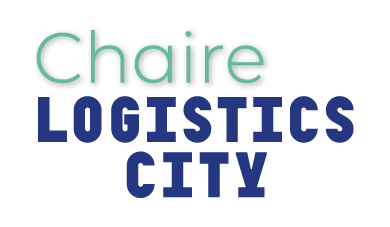Lockdown effects in the United Kingdom
Last update January 14, 2022 by Sabrina Touami & Heleen Buldeo Rai.
In the United Kingdom, the first lockdown took place on March 23. England was in national lockdown between late March and June 2020. Initially, all non-essential high street businesses were closed and people were ordered to stay home, permitted to leave for essential purposes only. Starting in May 2020, the laws slowly relaxed. People were permitted to leave home for outdoor recreation from mid-May and most lockdown restrictions were lifted in the beginning of July. Hospitality businesses were permitted to reopen. The new health and safety guidance on operating businesses ‘COVID securely’ was published (Brown & Kirk-Wade, 2021).
On 5 November, national restrictions were reintroduced in England. During this second national lockdown, non-essential high street businesses were closed again. In January 2021, the appearance of a new variant of the virus, led to national restrictions for the third time. The rules during the third lockdown were more similar to rules in the first lockdown. On 8 March 2021, England began a phased exit out of lockdown (Brown & Kirk-Wade, 2021).
Faced with these measures and closures of stores, consumers have connected in order to continue their purchases. E-commerce is a major engine of the UK economy: pre-COVID-19, it generated 16.5 percent of the nation's total yearly business turnover (Coppola, 2021). The share of e-commerce in retail rose from 17.3% to 20.3% between the first quarter of 2018 and the first quarter of 2020, to then rise significantly to 31.3% between the first and second quarter of 2020 (OECD, 2020).
Data from the Office for National Statistics reveal that online shopping accounted for 30% of all sales in April, up from 22% in March and 18% the year before (McEachran, 2020). In May 2020, internet sales as a percentage of total retail sales peaked at 32.8%, followed by a decline to 26.3% in September 2020. As the holiday season approached, it reached 36.2 percent of retail sales, before falling back to 31.3 percent in December 2020, then rising to 31.3 percent in January 2021 (Barsby, 2021). For 2020 overall, internet sales represented 27.9% of total sales in the UK, compared to 7.3% ten years earlier (Office for National Statistics, 2021).
Internet sales as a percentage of total retail sales.
There was a 15% to 30% growth in consumers who purchase online for most product categories, a 30% to 75% growth in consumers who purchase most or all online for most product categories, with strongest growth for over the counter medicine (+74%), accessories (+80%), tobacco (+46%) and groceries (+63%). 3% of consumers in the United Kingdom started using restaurant delivery, 13% used it more since COVID-19 started. 46% intend to use it after the crisis as well. 8% of consumers in the United Kingdom started using grocery delivery, 22% used it more since COVID-19 started. 62% intend to use it after the crisis as well. 49% expect to do more of their holiday shopping online, 12% more in store (McKinsey, 2020). Online supermarket Ocado doubled its sales during lockdown, with 600,000 households trying it for the first time (Econsultancy, 2020).
References
Brown, J. & Kirk-Wade, E. (2021, April 30). Coronavirus: A history of English lockdown laws. House of Commons Library, 9068.
Barsby, A. (2021, February 26). Ecommerce Update February 2021: UK Ecommerce Sales Percentage of Retail Hits All-Time High. E-Xanthos.
Coppola, D. (2021). E-commerce in the United Kingdom (UK) - statistics & facts. Statista.
Econsultancy. (2020). Ecommerce Quarterly: Q2 2020.
McEachran, R. (2020). When rapid delivery is no longer an option. The Times.
McKinsey (2020). Survey: UK consumer sentiment during the coronavirus crisis.
Office for National Statistics. (2021). Internet sales as a percentage of total retail sales (ratio) (%).
OECD. (2020). E-commerce in the times of COVID-19.

